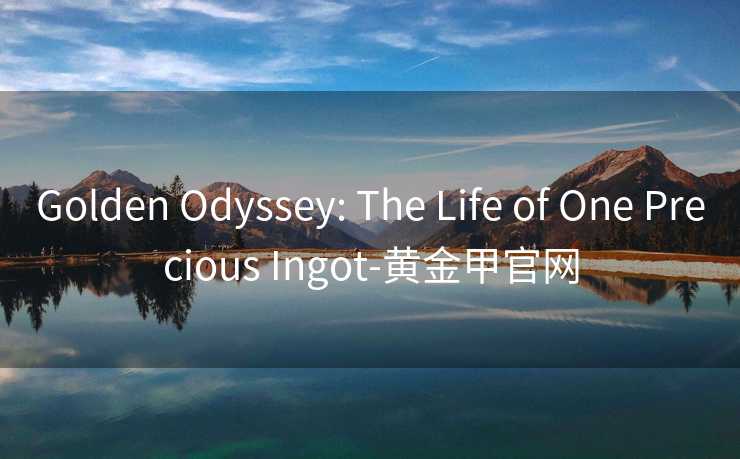
Deep within the Andean mountains, where shadows clung to rock faces like ancient secrets, Miguel’s pickaxe struck something unyielding. He wiped sweat from his brow, peering at the glinting ore—oro, the miners called it, their voices hushed as if speaking to a deity. This particular nugget, nestled in quartz, felt heavier than any he’d found before. When melted down weeks later in a smelter’s furnace, its liquid core glowed like molten sun, purifying into a single ingot that weighed exactly 12 ounces.

The ingot’s journey began with a mule caravan winding through the Atacama Desert. Dust swirled around wooden crates as merchants traded salt for silver, but this gold? It was destined for Cartagena, a port city where Spanish galleons waited to carry New World wealth back to Madrid. Yet fate had other plans. Pirates ambushed the caravan near the coast, their cutlasses flashing. “Gold!” one roared, snatching the ingot and tucking it into a leather pouch. For years, it passed through hands—smugglers, corrupt officials, even a monk who hid it beneath a church altar during a revolution.
Decades later, the ingot resurfaced in London’s jewelry district. A silversmith, Clara, bought it for her workshop. She heated it until it flowed like honey, then poured it into a mold shaped like a serpent coiled around a rose. The resulting necklace, adorned with emeralds from Colombia, became a wedding gift for her sister. But war came. Clara pawned the necklace to fund medical supplies for soldiers, and it vanished into a pawnshop’s vault.
In 2023, an auctioneer’s gavel struck. The ingot—now part of a necklace, its surface scratched by time—sold for $2 million. The buyer? A museum curator in Quito, who displayed it under glass. Visitors leaned close, tracing the ingot’s history with their eyes: the Andean mine, the pirate’s pouch, Clara’s workshop. “It’s not just metal,” the curator said. “It’s a thread stitching together centuries of human ambition.”
As night fell over the museum, the gold glowed softly. It remembered Miguel’s calloused hands, the pirate’s laughter, Clara’s trembling fingers as she crafted beauty from raw earth. It held the weight of dreams—some fulfilled, some shattered—and proved that even a single ingot could outlive empires, carrying stories like stardust in its veins.
This golden odyssey wasn’t about wealth. It was about how objects become vessels for our hopes, fears, and connections—proving that every piece of gold has a soul, written in the lives it touches.